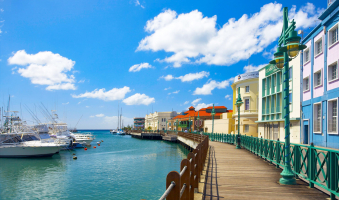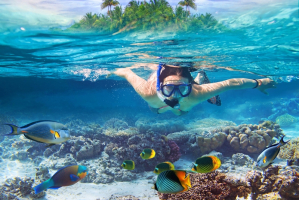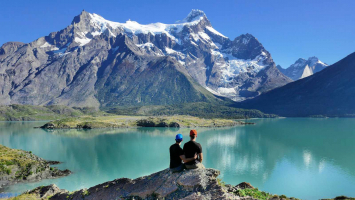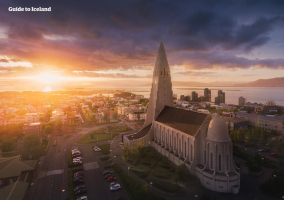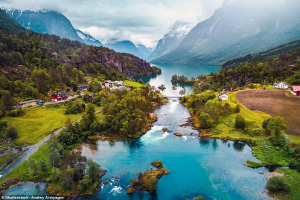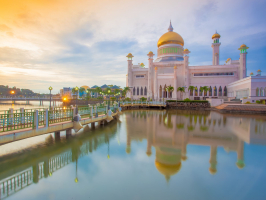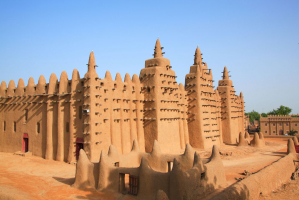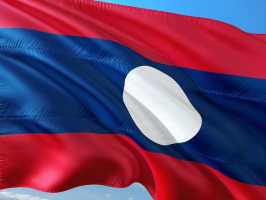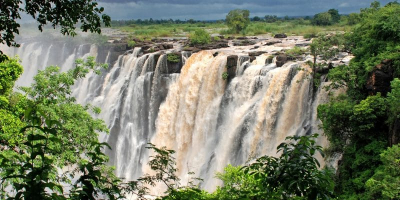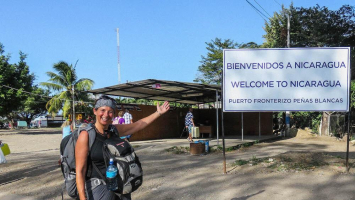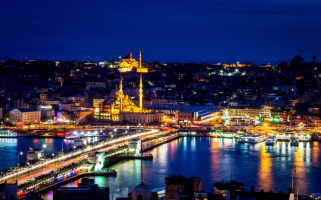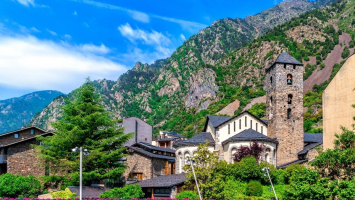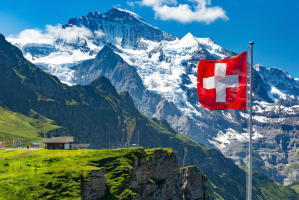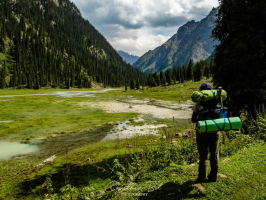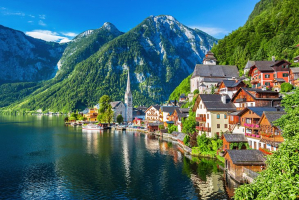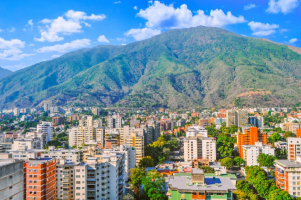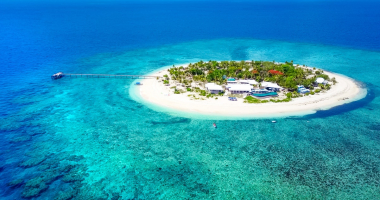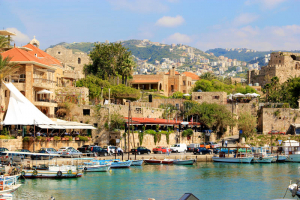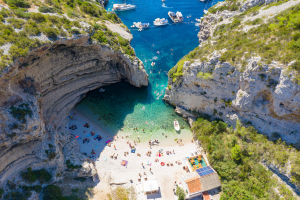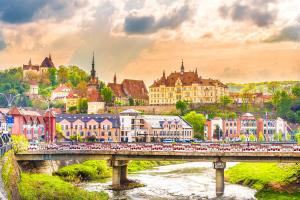Top 8 Things About Belize You Should Know
Apart from the possibility to produce those well-known puns, Belize provides a unique blend of Central American culture and Caribbean coastlines. The little ... read more...country (about the size of Massachusetts) has seen an increase in the number of visitors each year, both overnight tourists and cruisers, and it's simple to understand why. There's an unbelievable (sorry) assortment of things to do, including calm islands, beautiful jungles, archaeological treasures, and gorgeous animals both on land and in the water. But, before you pack your sunscreen and e-reader, here are 8 things you should know about Belize.
-
Perhaps this is the biggest reason you want to visit Belize, but if you don't already know, the country's snorkeling and scuba diving are among the greatest in the world. It is home to the world's second-longest barrier reef (after the one in Australia), which means coral and sea life are rich and diverse. This is the first thing that you need to know before traveling to Belize.
The Great Blue Hole is a massive circular sinkhole off the coast that is 984 feet (300 meters) in diameter and 354 feet (108 meters) in depth. Although it is mostly for expert divers, beginners can schedule a helicopter trip for a breathtaking overhead perspective. Snorkeling cruises to Hol Chan Marine Reserve are also popular, where you may see nurse sharks, stingrays, tropical fish, hawksbill turtles, and sponges. This is the first thing you should know before traveling to Belize, you may feel so amazing!
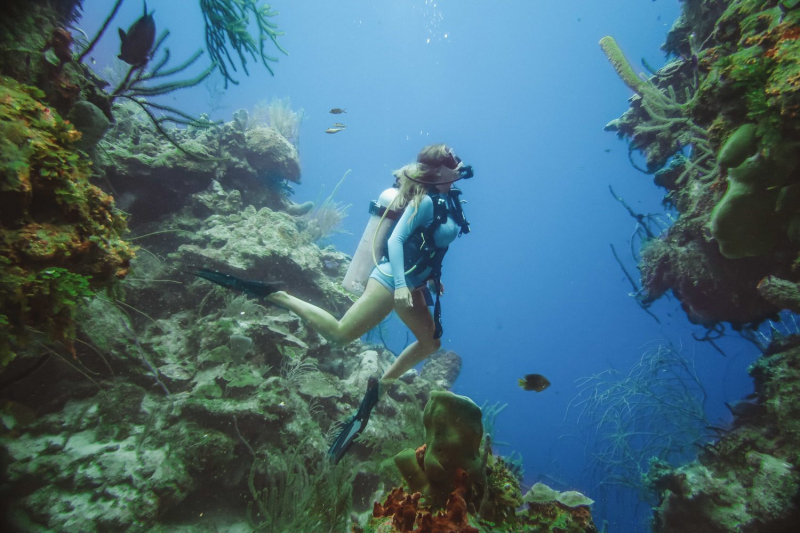
Source: memugaa.blogspot.com 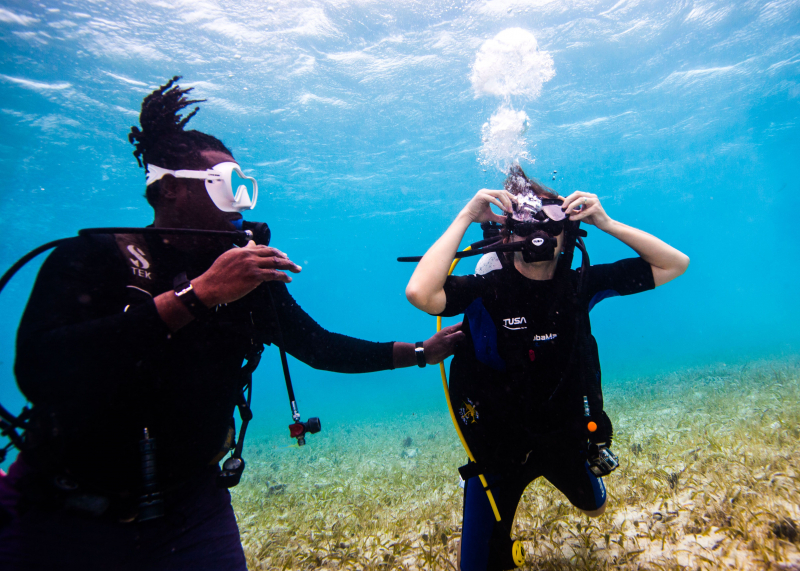
Source: pinterest.com -
Despite its proximity to Mexico and Guatemala, tourists may be shocked to hear that English is the country's official language. This is due to its past under British domination – it was previously known as British Honduras – until it obtained independence in 1981. Although Spanish and Belizean Creole (Kriol) are still commonly spoken, travelers who just speak English will find it relatively simple to interact and get around the nation. It is a good thing that you should know before traveling.
Approximately half of all Belizeans self-identify as Hispanic, Latino, or Mestizo (Spanish for "mixed"). Several immigrants from surrounding Spanish-speaking nations, especially Mexico and Guatemala, have become vital components of Belizean society during the country's lengthy history. It is believed that over 30% of Belizeans know Spanish, and Spanish is taught in many primary schools throughout the nation in places where English is not spoken at home.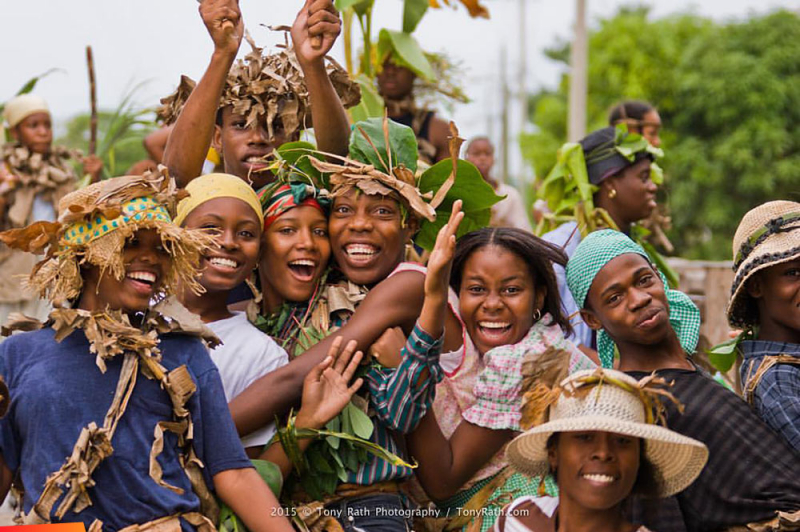
Source: noirguides.com 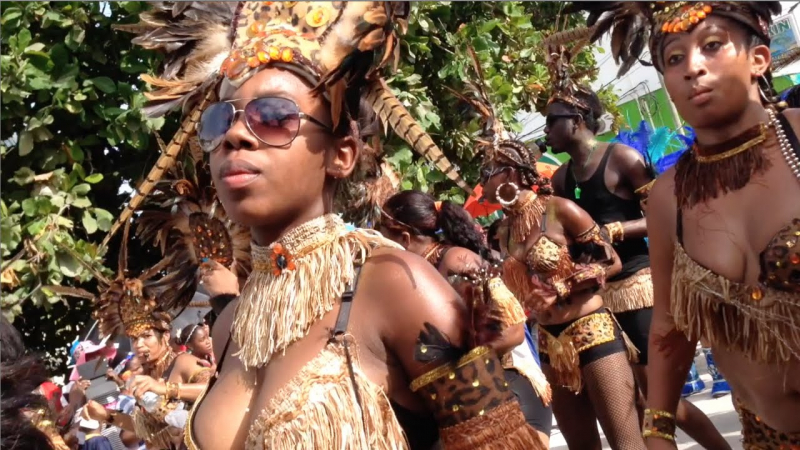
Source: youtube.com -
Visitors to Belize often choose between staying in the rainforest for a lush jungle experience or on a caye (pronounced key) — a tiny, low-elevation island on the surface of a coral reef — for a beach vacation. Both are useful and good ways to experience Belize's stunning terrain, but the latter will be a little more expensive. This isn't unexpected given that most islands are pricey because almost everything needs to be imported, but travelers expecting ubiquitous inexpensive meals will be disappointed. This is a useful thing you need to know about Belize before traveling.
Ambergris Caye is significantly more expensive than Caye Caulker, which is popular with backpackers and offers inexpensive accommodations. Before you book your hotel, have a look at the list of eight fantastic hotels in Belize. Some hotels such as Golden Bay Belize Hotel, Radisson Fort George Hotel & Marina, Best Western Plus Belize Biltmore Plaza, Ramada by Wyndham Princess Belize City, etc are highly recommended for you.
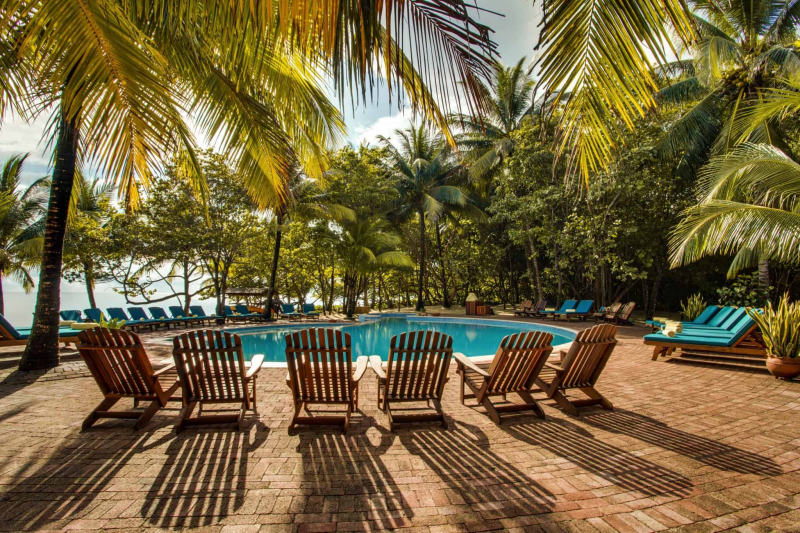
Source: hamanasi.com 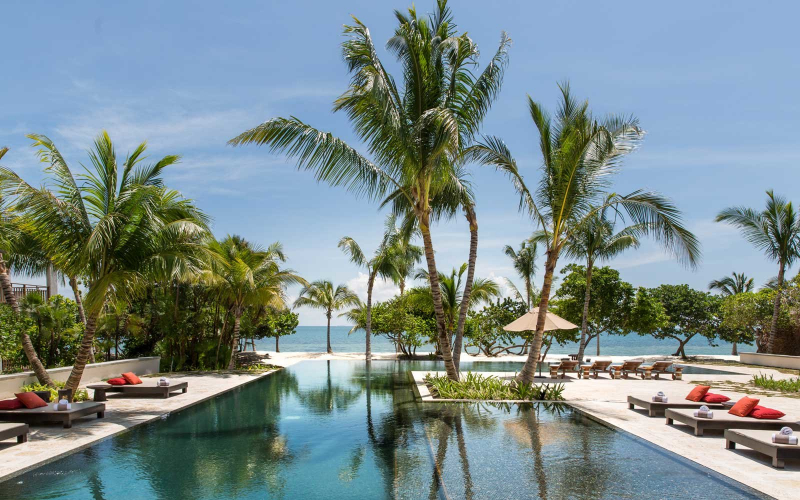
Source: travellandleisure.com -
The Belize dollar is pegged to the US currency at $2 to $1, making it convenient for US nationals, as both are accepted throughout Belize. While many restaurants, tour companies, and businesses take credit cards, there is sometimes a significant fee for doing so. ATMs may be found in every major city and island, making it easy to withdraw Belize money. Also, make it clear if the price mentioned is in Belizean or US dollars.
There are no monetary issues! Remember when Europe was flooded with currencies and you had to learn a new conversion rate every time you crossed a border? Relax. In Belize, you may use US dollars, and the conversion rate is so easy that even children can memorize it: 1 USD = 2 BZD. Therefore, it is an amazing thing you should know about Belize before traveling.
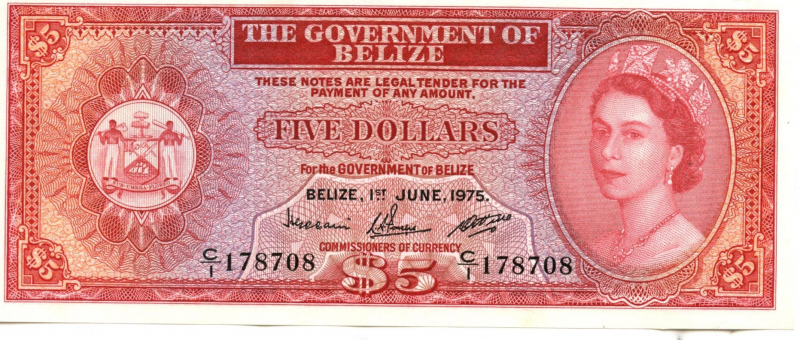
Source: coinandstamps.com 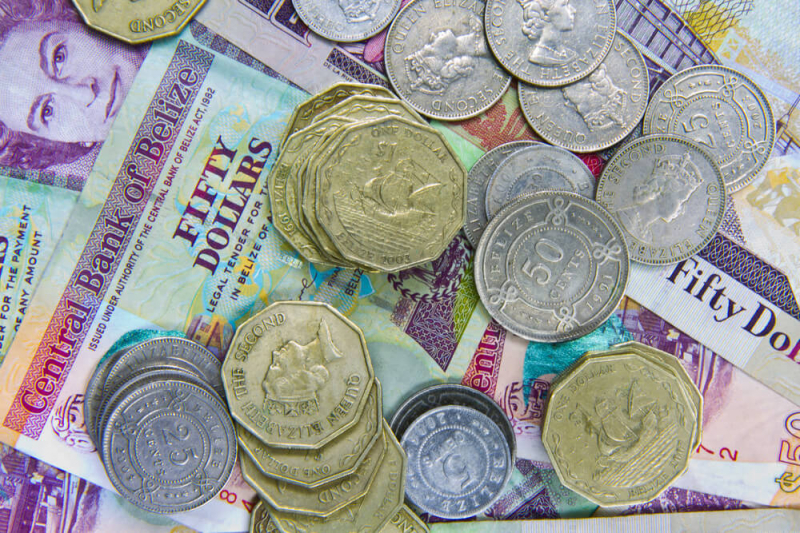
Source: retirepedia.com -
Belize's murder rate is extraordinarily high, at 40 killings per 100,000 persons, owing to its small population of roughly 335,000 people. This routinely places it in the top ten (third in 2016) of countries with the highest number of murders per capita. Travelers should be aware, however, that virtually all of these are tied to drug trafficking and gang violence, and many occur in and around Belize City. Because the Overseas Security Advisory Council warns about pickpockets and frauds, tourists and ex-pats should constantly take caution and avoid specific places, especially at night.
Even while tourism is an important element of the Belizean economy, it is not always the safest location in the world. Indeed, all forms of violent crime are on the rise, particularly in metropolitan places such as Belize District. Unfortunately, Belize has routinely ranked among the top ten nations in the world for murder rates. The major reasons for growing violence are drug and people trafficking, as well as the gangs that perpetrate them. While this is a tragedy, it also implies that tourists in Belize are reasonably safe. You're unlikely to be a victim of these crimes unless you're a gang member or a Belizean citizen caught in the crossfire.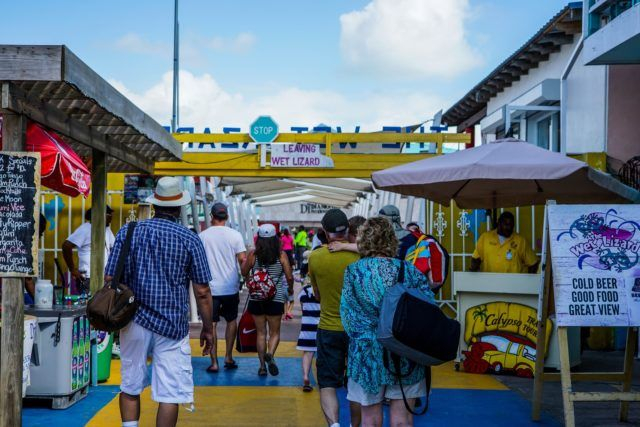
Source: britishexpatguide.co.uk 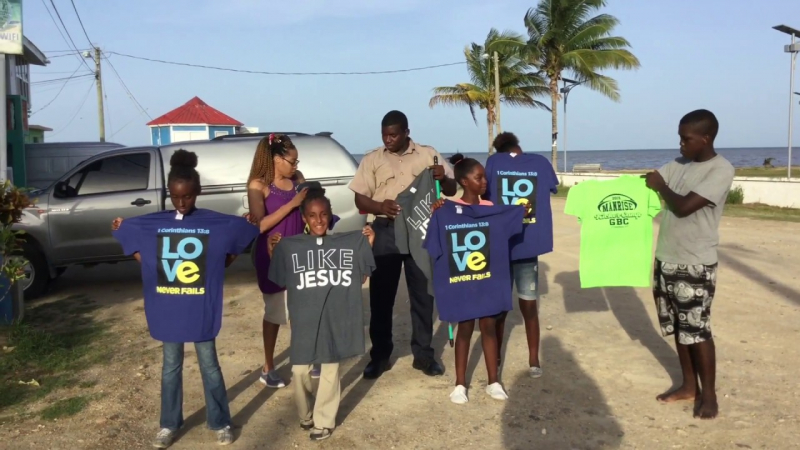
Source: youtube.com -
As soon as you arrive, set your watch to island time. The laid-back aura that surrounds Belize is apparent and genuine, bringing you centeredness and peace that you probably don't experience back home as life sweeps you up into a whirlwind of activity that makes days fly by.
Caye Caulker's "Go Slow" tagline reflects the laid-back ambiance and Caribbean-like culture that characterizes Belize. Anyone visiting Belize expecting timely service and strict timetables should be aware that island time is still in effect. Many restaurants require you to sit before flagging down someone for a menu. Furthermore, the delay between placing your order and receiving your food will likely be greater than at your neighborhood restaurant. Have you scheduled a snorkeling trip? Don't be shocked if your party leaves 20 minutes later than planned. Just keep in mind that you're on vacation and are there to unwind.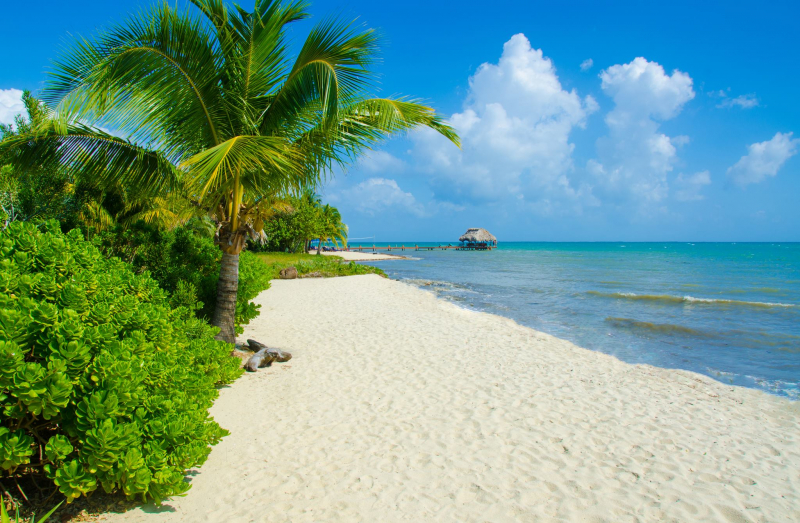
Source: chabilmavillas.com 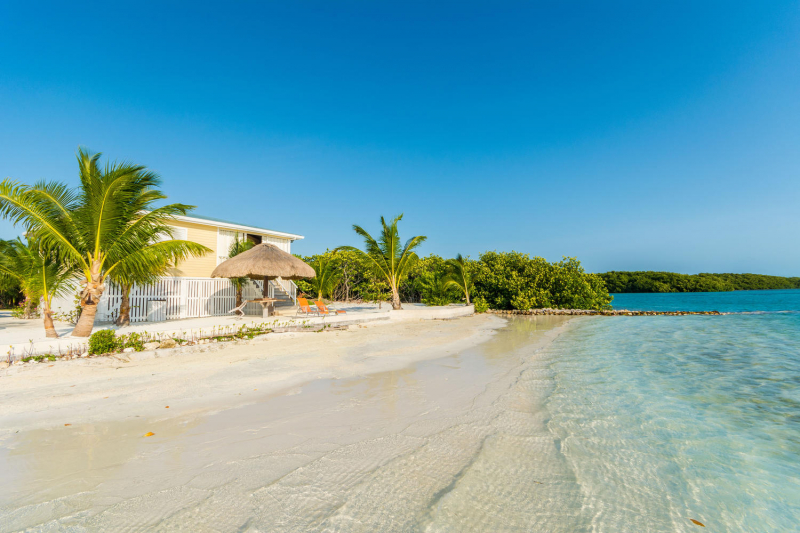
Source: belizerealestate.bz -
When planning a snorkeling, Mayan ruin, cave tubing, or zip-lining excursion, there are several tour organizations to pick from. While it may appear that they provide the same packages and rates under a new brand, there are variations that should be investigated before forking over the cash. In Caye Caulker, for example, while the different snorkeling trip companies were priced fairly similarly with the same amenities, the crew, boats, and ambiance differed substantially.
Raggamuffin Tours is great for young visitors searching for a wild and party-infused ambiance, whilst Carlos Tours is best for older couples who don't want to conclude their day with rum shots. Visit TripAdvisor to explore your options, and be sure to speak with locals and other visitors once you are in Belize. Day trips may usually be booked a day or two in advance, so there's no need to rush.
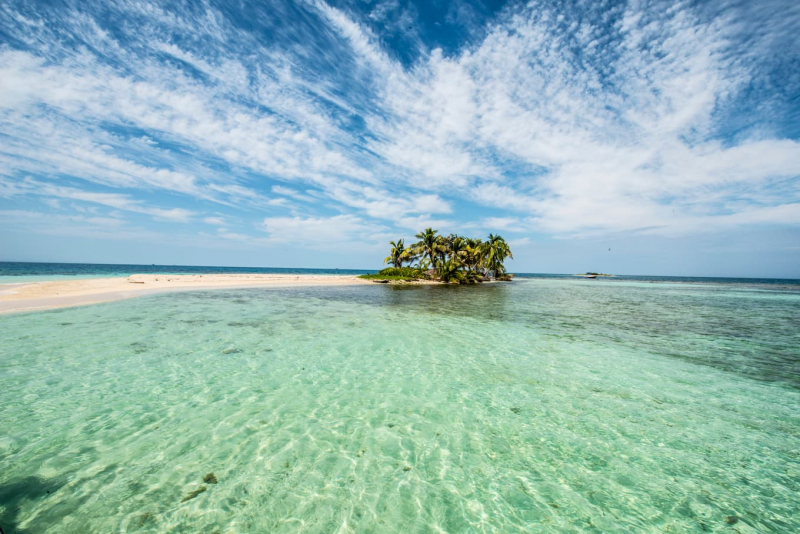
Source: bleumag.com 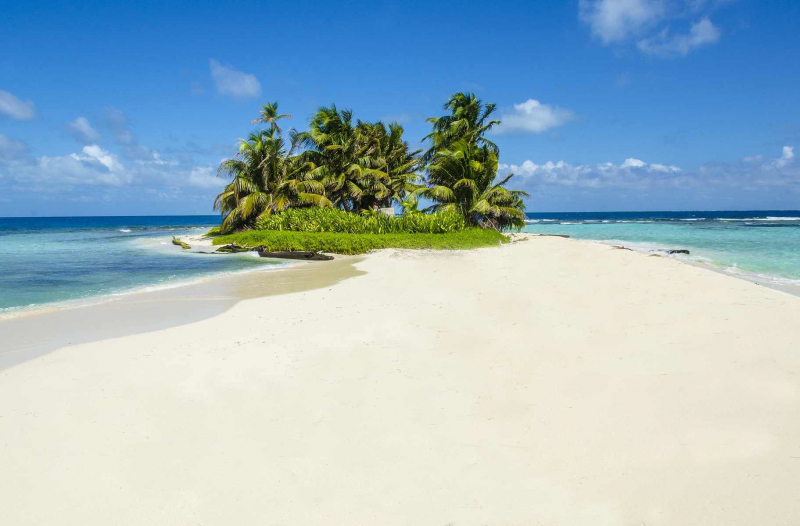
Source: livingstone.cz -
Travelers interested in archaeology or history will almost certainly appreciate visits to the country's numerous Mayan ruins. Belize was originally home to at least one million Mayas, and its beautiful architecture, complete with buried graves and offerings, may still be seen today. The most popular are Altun Ha, Caracol, Lamanai, and Xunantunich, however, the ideal decision will depend on how much time tourists have available and if they want to add cave tubing or zip-lining.
Mayan is the term given to a whole family of languages, not just one. Linguists have recognized over 20 separate mutually dialects of Mayan today. The Maya in the north speaks a dialect known as Yucateco, while the Maya of the south speaks either Mopanero or Kekchi. As Belizeans, the majority of Maya speak English as well as their native tongue. As a result of continuous interaction with civilizations in Mexico and Guatemala, many Maya now speak Spanish.
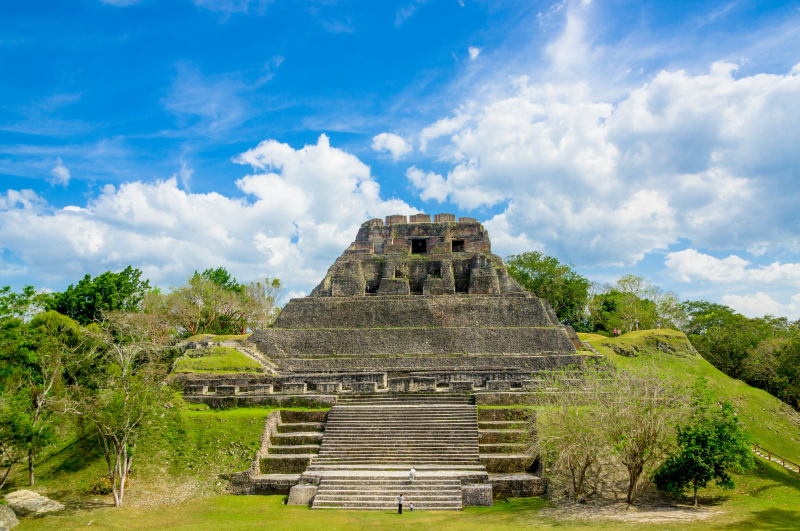
Source: tropicaldiscovery.com 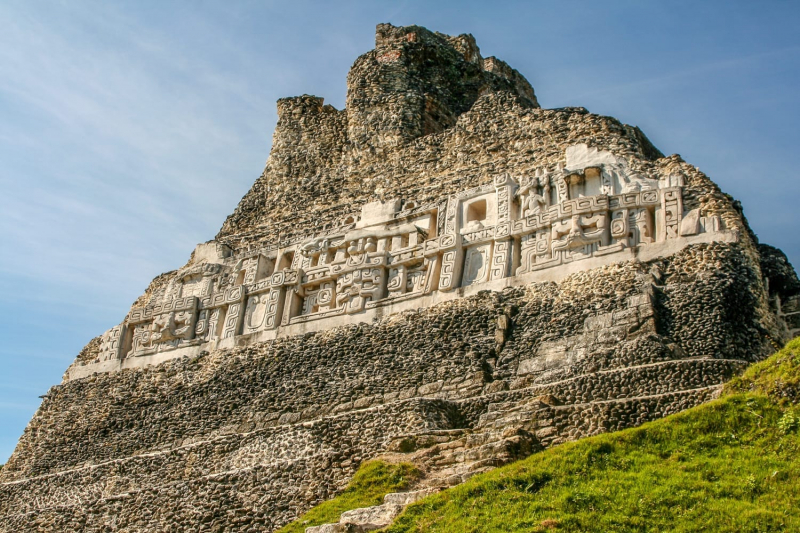
Source: landedtravel.com










